Growth in Chemical Manufacturing
The chemical manufacturing sector is a significant contributor to the Liquefied CO2 Market. Liquefied carbon dioxide is utilized as a raw material in the production of various chemicals, including urea and methanol. The global chemical industry is projected to grow at a CAGR of 3.5% through 2025, which will likely increase the demand for liquefied CO2. Furthermore, the shift towards sustainable chemical processes is encouraging manufacturers to adopt liquefied CO2 as a greener alternative to traditional solvents. This transition not only aligns with environmental regulations but also enhances the overall efficiency of chemical production. As the chemical sector continues to evolve, the Liquefied CO2 Market is expected to play a pivotal role in supporting these advancements.
Expansion of Food and Beverage Sector
The food and beverage sector is experiencing robust growth, which is significantly impacting the Liquefied CO2 Market. Carbon dioxide is extensively used in the carbonation of beverages, preservation of food products, and in modified atmosphere packaging. The Liquefied CO2 is expected to surpass USD 1.5 trillion by 2025, leading to an increased demand for liquefied CO2. Additionally, the rising consumer preference for carbonated drinks and the expansion of the fast-food industry are likely to further drive this demand. As companies strive to enhance product quality and shelf life, the Liquefied CO2 Market is positioned to capitalize on these trends, ensuring a steady supply of liquefied carbon dioxide for various applications.
Advancements in Industrial Applications
The industrial sector is increasingly recognizing the versatility of liquefied CO2, which is driving growth in the Liquefied CO2 Market. Applications such as dry ice production, welding, and refrigeration are expanding, as industries seek efficient and environmentally friendly solutions. The Liquefied CO2 alone is anticipated to reach USD 1 billion by 2025, indicating a strong demand for liquefied CO2. Additionally, the use of liquefied CO2 in enhanced oil recovery processes is gaining traction, as it improves extraction efficiency while reducing environmental impact. As industries continue to innovate and adopt liquefied CO2 for various applications, the Liquefied CO2 Market is likely to experience sustained growth and diversification.
Rising Demand for Carbon Capture Solutions
The increasing emphasis on reducing carbon emissions is driving the Liquefied CO2 Market. Governments and organizations are actively seeking carbon capture and storage technologies to mitigate climate change. This trend is reflected in the growing investments in carbon capture projects, which are projected to reach USD 10 billion by 2025. The Liquefied CO2 Market is poised to benefit from this demand, as liquefied carbon dioxide is a crucial component in various carbon capture processes. Furthermore, industries such as oil and gas are adopting enhanced oil recovery techniques that utilize liquefied CO2, thereby further propelling market growth. As regulatory frameworks tighten, the need for effective carbon management solutions will likely continue to escalate, positioning the Liquefied CO2 Market as a key player in the transition to a low-carbon economy.
Regulatory Support for Low-Carbon Technologies
Regulatory frameworks aimed at promoting low-carbon technologies are significantly influencing the Liquefied CO2 Market. Governments worldwide are implementing policies that encourage the adoption of carbon capture and utilization strategies. This regulatory support is expected to create a favorable environment for the growth of the liquefied CO2 market. For instance, tax incentives and subsidies for carbon capture projects are becoming more prevalent, which could lead to increased investments in liquefied CO2 applications. As these regulations evolve, they are likely to stimulate innovation and drive demand for liquefied CO2 across various sectors, including energy, manufacturing, and transportation. The Liquefied CO2 Market stands to benefit from this supportive regulatory landscape, positioning it as a critical component in achieving sustainability goals.


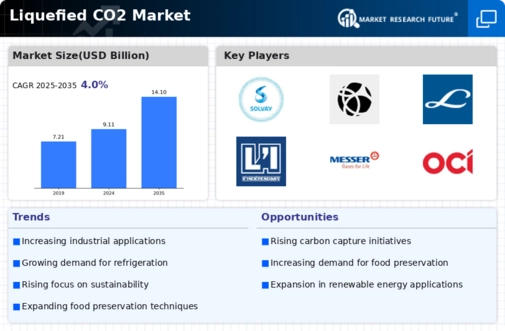
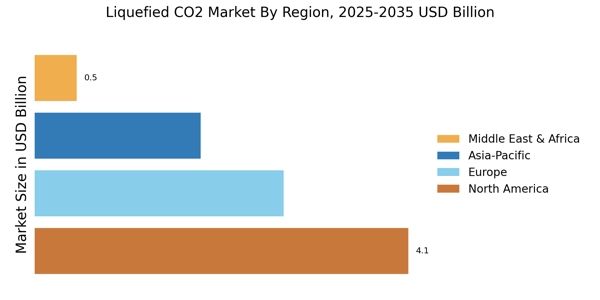
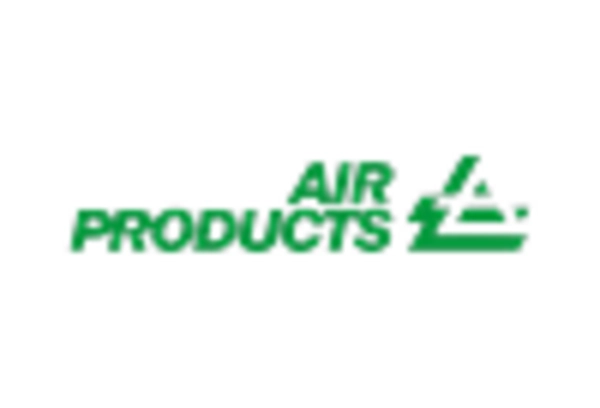
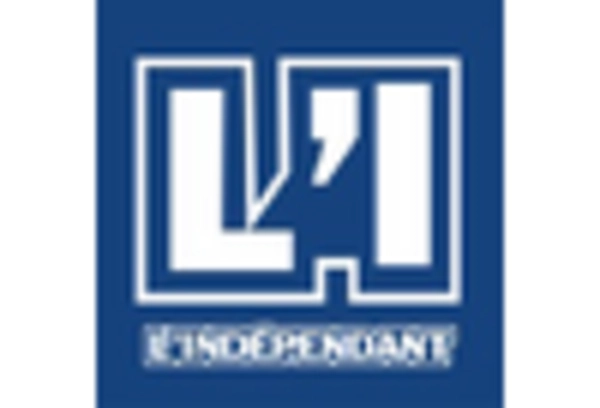
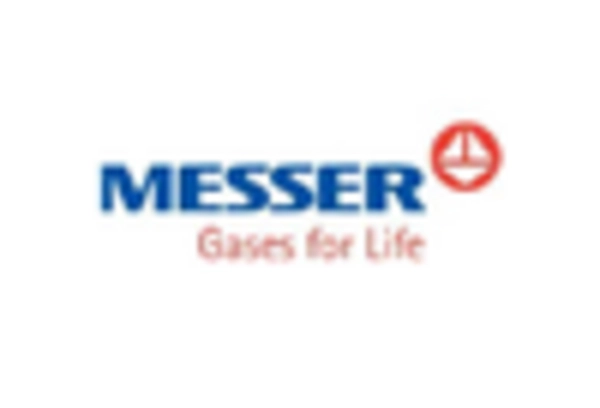

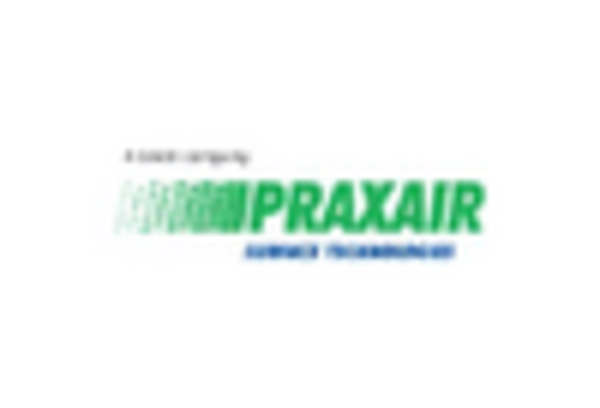









Leave a Comment